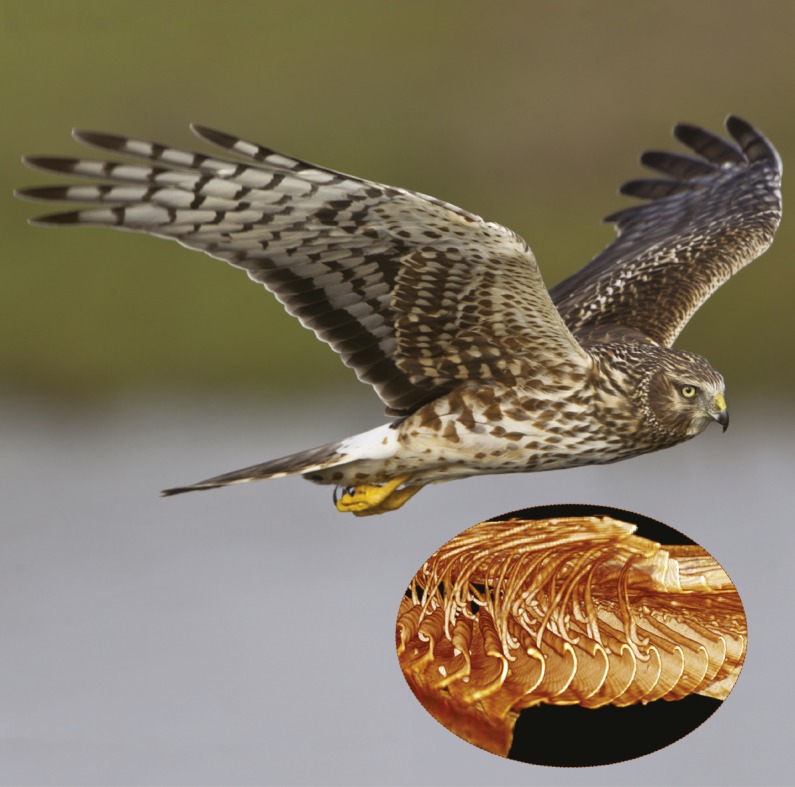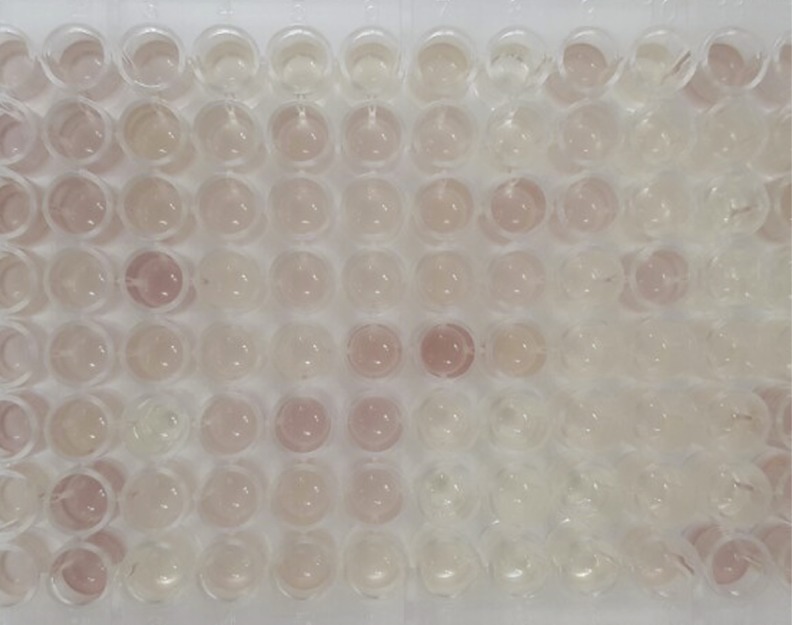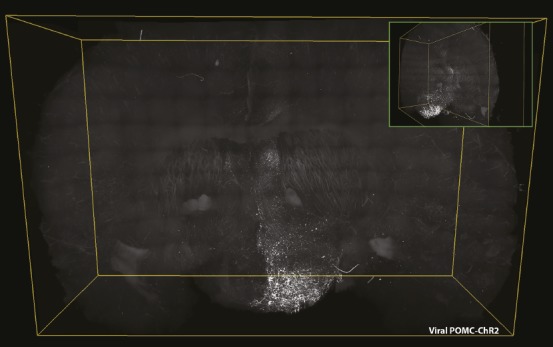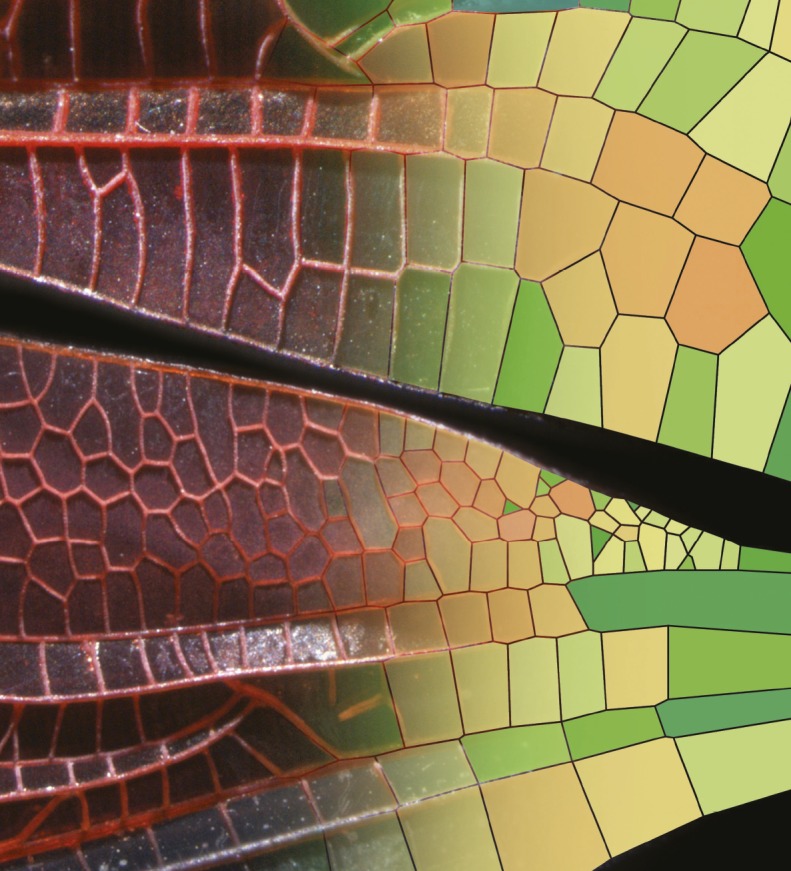Fine structure of bird feathers aids preening and repair

Female northern harrier and cascaded slide-lock system. Image courtesy of Patricia Ware (photographer).
The durability of bird feathers is evident in the ease with which birds preen and repair ruffled feathers using their bills after long flights in turbulent weather and through dense canopies. Through manipulation and X-ray microscopic analysis of the 3D structure of goshawk feathers, Feilong Zhang et al. (pp. 10046–10051) found that a cascaded slide-lock system prevents large external forces from tearing feathers. Feather vanes contain primary, secondary, and tertiary branches called barbs, barbules, and hooklets, respectively. When feathers are subjected to powerful forces, hooklets slide back and forth along the curved margins of barbules, similar to a slide rail, and fasten to spines, which are buffer stop-like structures found at the ends of the barbules. The flexibility of the barbules under force ensures that an unzipping action separates interlocking structures on adjacent barbs without inducing damage; the separated barbs can be snapped back into place simply by stroking. Thus, the authors suggest, the cascaded slide-lock system allows birds to weather strong winds and repeatedly rearrange feathers—even after 1,000 cycles of barb separation and repair—without damaging them. According to the authors, the cascaded slide-lock model of bird feather repair could inspire the design of smart textiles and flexible devices. — P.N.
How sleep duration is regulated in mammals
The molecular mechanisms underlying sleep duration in animal species are unclear. Kensuke Yoshida, Shoi Shi, et al. (pp. E9459–E9468) provide evidence that leak potassium (K+) channels regulate sleep duration in mammals. The authors developed a simple model of a cortical neuron with ion channels and a calcium ion pump. Detailed mathematical analyses predicted that leak K+ channels play a role in generating the electrophysiological characteristics of slow-wave sleep. Also known as deep sleep, slow-wave sleep consists of stages three and four of nonrapid eye movement sleep and is characterized by high-amplitude, low-frequency electrical activity in the brain, as measured by electroencephalography (EEG). Based on the computational results, the authors used the genome-editing technique CRISPR to inactivate 14 different genes that encode leak K+channels in mice. Mice lacking the Kcnk9 gene slept on average approximately 10 hours each day, compared with nearly 12 hours for genetically unaltered mice. EEG recordings revealed significant decreases in slow-wave sleep duration and total sleep duration in Kcnk9-knockout mice compared with control mice. According to the authors, the results suggest that common molecular mechanisms could generate slow-wave sleep firing patterns and regulate sleep duration. — J.W.
Metabolic engineering for biotechnological and environmental applications

E. coli cells harboring the RppA malonyl-CoA biosensor along with synthetic small regulatory RNA library components.
A proposed strategy to help mitigate climate warming uses biological processes to convert one-carbon (C1) greenhouse gases, such as carbon dioxide and methane, into useful by-products. However, natural C1 assimilation pathways are inefficient. Junho Bang and Sang Yup Lee (pp. E9271–E9279) demonstrate that genetically engineered Escherichia coli strains can synthesize pyruvate, a key metabolite used for synthesizing useful chemicals, from formic acid and carbon dioxide. The authors equipped E. coli with a reconstructed tetrahydrofolate cycle and reverse glycine cleavage pathway, two processes that together allow bacteria to continuously assimilate formic acid without an external source of glycine. In addition, introducing a heterologous formate dehydrogenase enzyme into the C1 assimilation pathway imbued the resulting strain with sufficient energy to sustain growth with formic acid and carbon dioxide as sole carbon sources. The findings reveal that E. coli can be engineered for use in biorefineries, potentially without glucose supplementation, to convert carbon dioxide and formic acid into useful chemicals. In a related study, Dongsoo Yang et al. (pp. 9835–9844) monitored the concentration of products or intermediates as new strains are developed. The authors report a biosensor that produces a colorimetric indicator in industrially relevant bacteria to signal the abundance of malonyl-CoA, a chemical building block. The biosensor repurposes 1,3,6,8-tetrahydroxynaphthalene synthase, a type III polyketide synthase enzyme, also known as RppA, such that the enzyme converts malonyl-CoA into flaviolin, which displays a red color. Compared with current strategies, which are expensive and time-consuming, the technique can be applied to E. coli, Pseudomonas putida, and Corynebacterium glutamicum to facilitate a one-step process. In addition, the study demonstrates that combining the RppA system with synthetic small regulatory RNA library screening can rapidly enhance production in E. coli of the polyketide products, 6MSA and aloesone, and the phenylpropanoid products, resveratrol and naringenin. Together, the studies demonstrate that metabolic engineering and synthetic biology can yield low-cost, environment-friendly solutions to technological challenges. — T.J.
Neuronal controls on feeding

3D visualization of connectivity of anorexigenic neurons.
Feeding has complex neural underpinnings, with ties to physiological, social, and emotional factors. The arcuate nucleus of the brain’s hypothalamus contains anorexigenic neurons, which inhibit feeding, and orexigenic neurons, which promote feeding. However, how the activities of the two neuronal groups are balanced is unclear. Qiang Wei et al. (pp. E9489–E9498) used optogenetic, transgenic, viral, and anatomical approaches to target specific neurons and observe the effects on feeding in mice. The authors found that activating anorexigenic neurons alone rapidly inhibited food consumption, even in mice that had undergone fasting. However, attempting feeding inhibition simultaneously with activation of a subset of orexigenic neurons led to an increase in feeding. Thus, the authors found, the two neuronal populations are unevenly balanced and the activation of feeding is dominant. Follow-up analyses revealed that the two neuronal systems connect to different brain regions during activation, and that orexigenic neurons engage the opioid reward system. Further, the opioid receptor antagonist naloxone blunted increases in food intake induced by neuronal activation. According to the authors, rather than trying to amplify the inhibition of food consumption, interventions to control feeding should focus on blocking the activation drive, with possible value in targeting opioid receptors. — P.G.
Development of insect wing vein patterns

Wings of the damselfly, with polygonized vein domains colored according to circularity.
The study of vein formation in insect wings has previously focused on primary veins, structural elements in wings whose geometric arrangements are shared within a species and between the left and right wings of each individual insect. By contrast, secondary veins form patterns that are specific to each individual and differ from the right wing to the left wing. However, the mechanisms underlying the formation of secondary veins as well as their exquisite specificity are unknown. Jordan Hoffmann, Seth Donoughe, et al. (pp. 9905–9910) analyzed images of 468 wing patterns from 232 insect species to construct distributions of secondary vein characteristics, such as area and shape of enclosed vein domains and lengths and angles of vein branches. Based on this data, the authors constructed a model of secondary vein formation in a developmental framework. The model defines regions delineated by primary veins, applies a stochastic distribution of zones of signaling inhibition, and constructs secondary veins to bound the inhibitory zones. Results show that the model is largely effective in recreating secondary vein patterning for distantly related insects across three orders. According to the authors, the model can be used as a test bed to further explore molecular mechanisms of insect wing formation and to test hypotheses about the evolution and development of wing features. — P.G.


